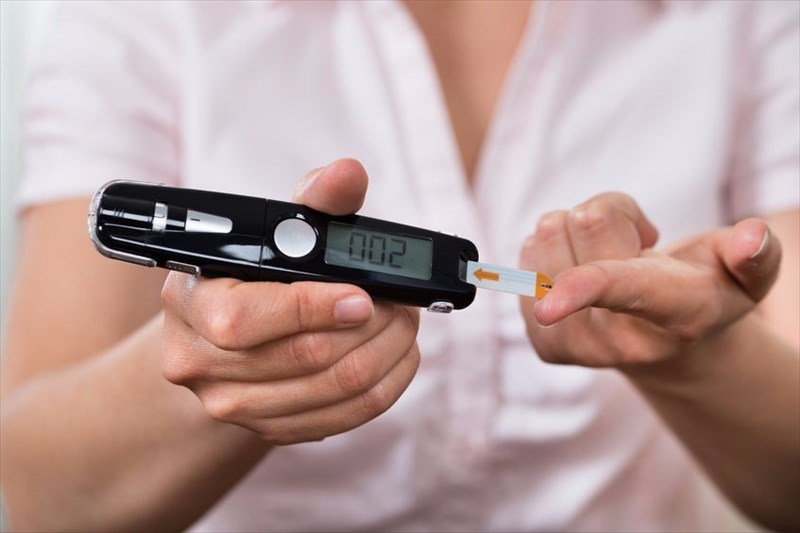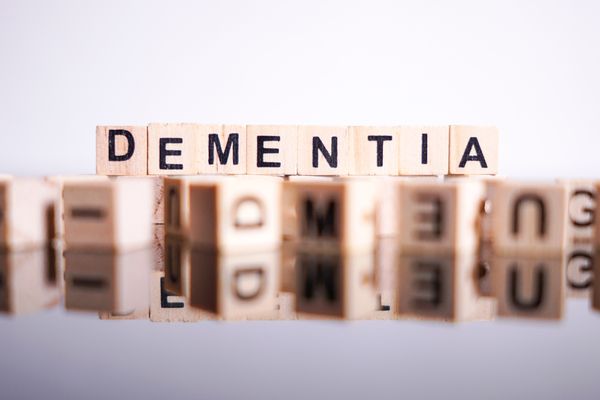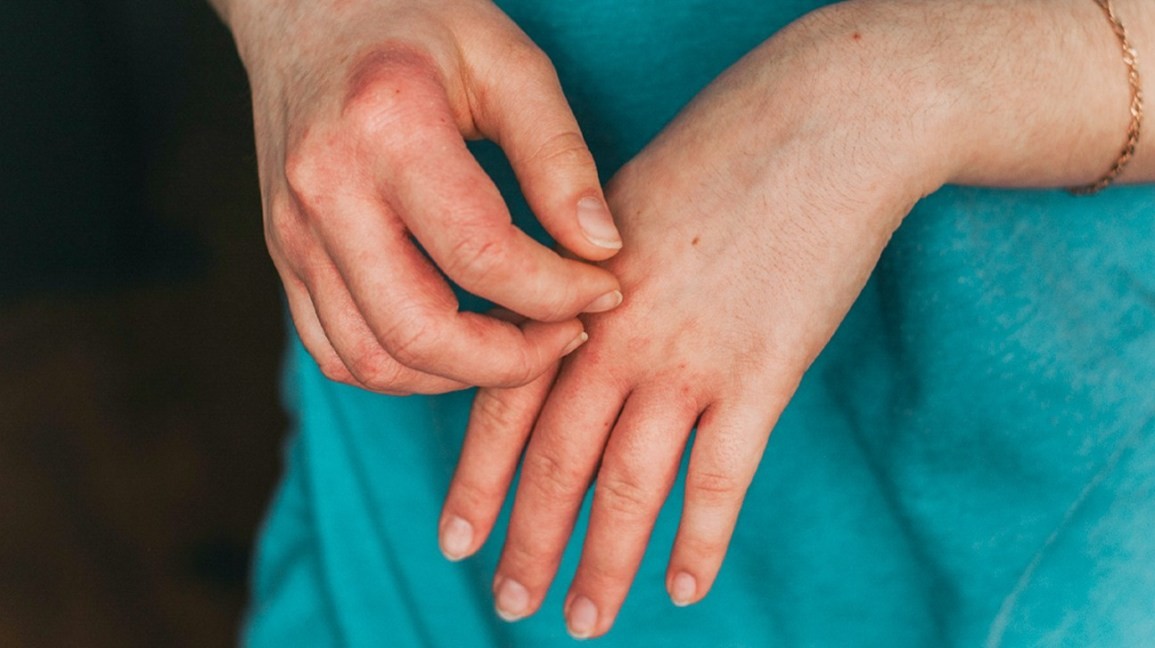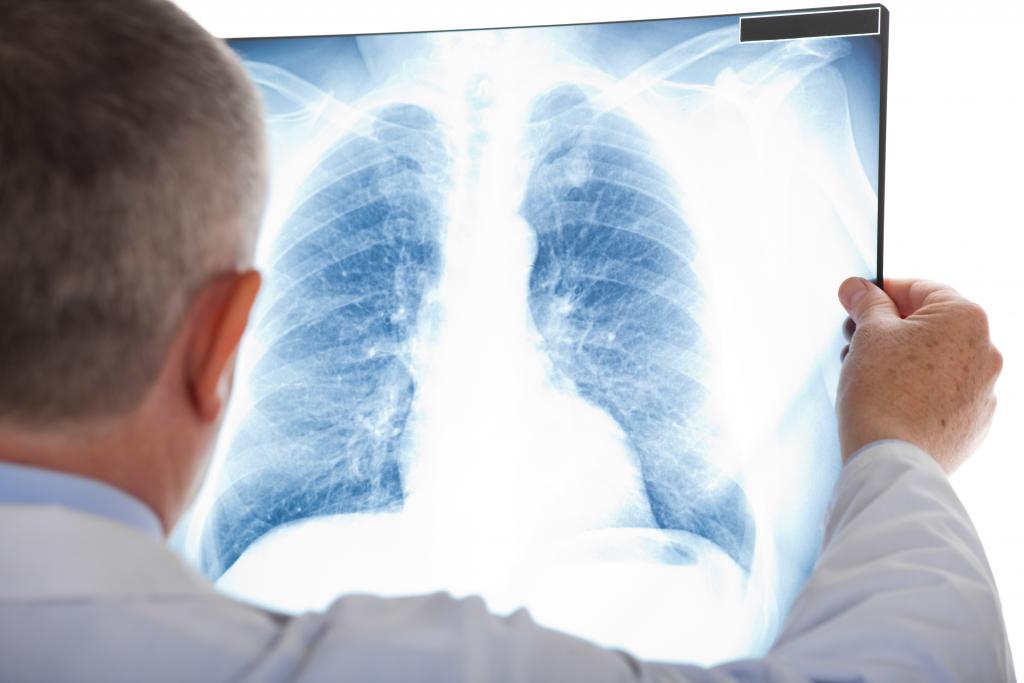Health
Peyronie'S Disease: Symptoms, Diagnosis & Treatment
Peyronie's disease is a disease that occurs due to the formation of fibrous scar tissue in the penis, which usually results in its damage. Peyronie's disease is an abnormal curvature of the penis which is caused by scar tissue in the erectile tissue.
Symptoms:
If left untreated, Peyronie's disease can cause fibrous, non-expanding thickening in specific areas of the body lining, usually resulting in local bending, pain, or other functional or structural abnormalities of the erect penis.
Men with Peyronie's disease also experience erectile pain, which in turn can affect sexual health and function. It can also cause pain in the genital area, whether erect or not and cause discomfort or pain to your partner.
Peyronie's symptoms can lead to decreased blood flow to the penis, and erectile dysfunction can lead to more flexion of the penis during intercourse. Although most men with Peyronie's disease report that their penis is curved upward, many other abnormalities are often observed, including curvatures in other directions, complex curves, pits on the lateral side of the penis, and hourglass deformities.
Diagnosis
A urologist may recommend surgery to remove plaque or straighten the penis during an erection. Your doctor may recommend medications or specific injections that are often injected into the penis - or even surgery if the pain or curvature of the penis gets worse over time. While it may be tempting to seek medication immediately, many doctors prefer a "cautious waiting" approach unless symptoms are severe.
Because the symptoms of Peyronie's disease are usually most noticeable when the penis is erect, the doctor may inject medicine into the penis to induce an erection. If a urologist needs to examine the penis while it's erect, you will receive an injectable medication to induce the erection.










